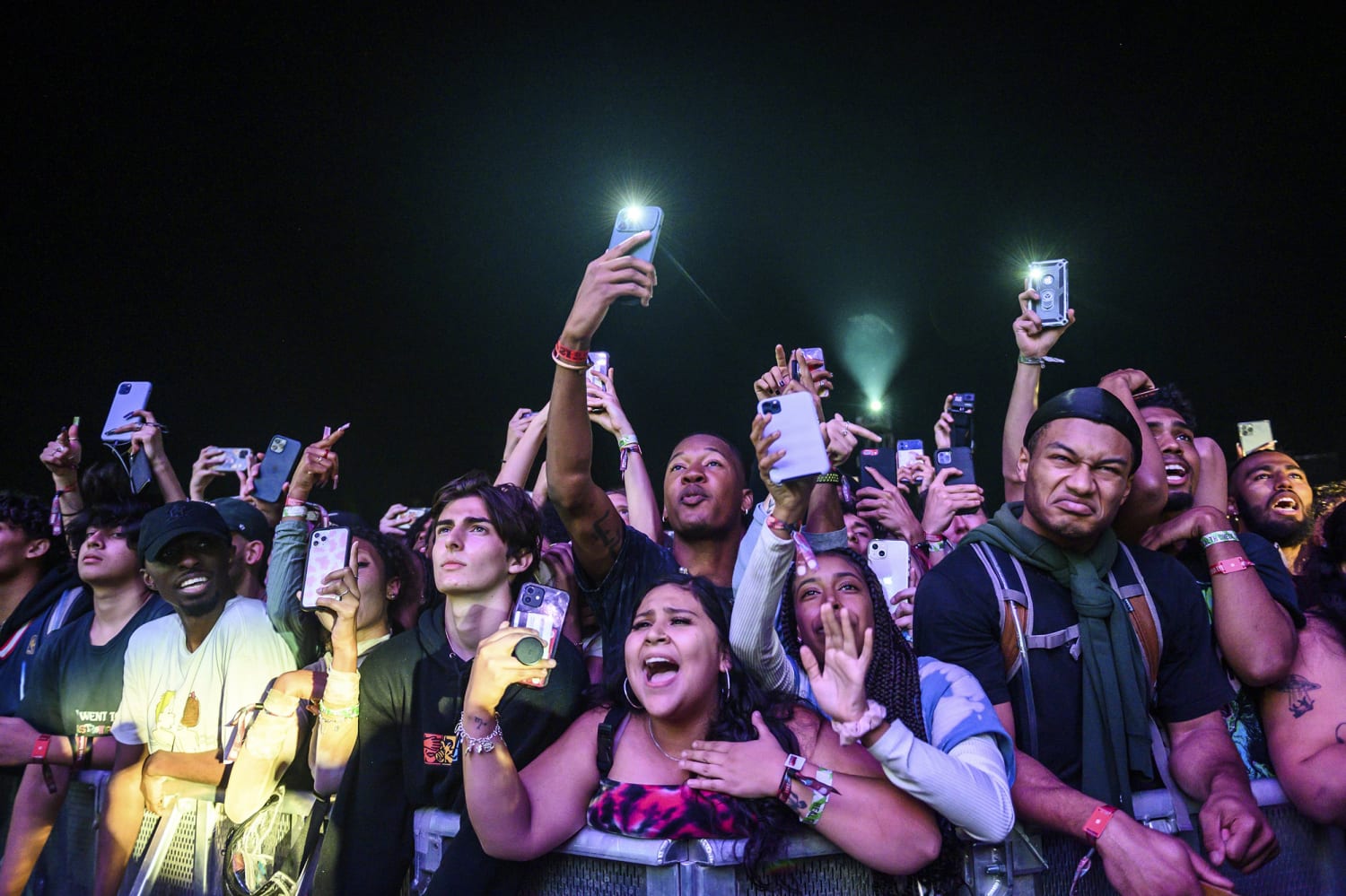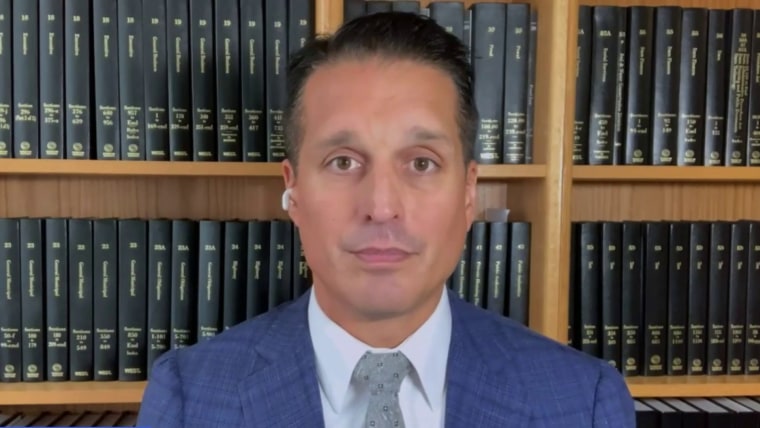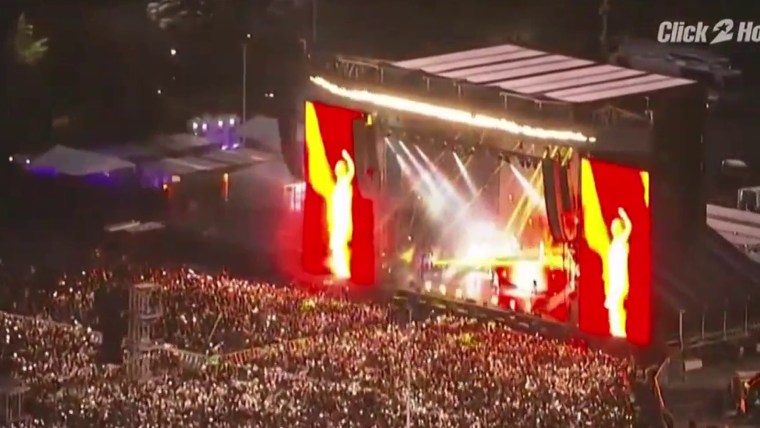In the aftermath of the Astroworld-Travis Scott tragedy last Friday, in which eight people were killed and many others were injured in a lethal crowd crush, the rush to judgment has been swift. Scott has been assailed with criticism and legal action. Critics have pointed to his actions at past shows, where he allegedly incited a riot, encouraged crowds to vault security barriers to sneak in, and urged fans to rush the stage. Then, there are the lyrics of his 2018 song “Stargazer”: “It ain’t a mosh pit if ain’t no injuries.”
As investigators, promoters and fans look for answers, the dynamics of concertgoer behavior deserve attention.
Scott has long encouraged fans to mosh at his shows, and it’s entirely possible that moshers caught in the surging crowds may have contributed to the catastrophe in Houston. (Scott’s camp has said he had no idea there was trouble during his show.) As investigators, promoters and fans look for answers, the dynamics of concertgoer behavior deserve attention. In particular, it’s important to think about what happens to rituals like mosh pits once they become assimilated into mainstream culture.
A mosh pit, in its strictest definition, is composed of a group of aggressive “dancers” packed together in concentric circles that rotate around one another. Within the heaving mass, dancers are shoved back and forth between moshers on both sides of them, so they careen through the pit as it spirals. The more bodies in the pit, the more momentum there is as the circle grows and rotates, causing formations that, from above, resemble tornados.
The 50,000 attendees at Astroworld were able to get as close to the stage as possible by slipping through cracks, muscling their way to the front and surging forward as far as possible. Energetic mosh pit-loving fans were in close proximity to kids who may just have wanted to stand and watch the show, creating the potential for unprepared fans to be swept away in the wave and trampled.
Ironically, the mosh (or circle) pit surfaced in the early 1980s during the New York hardcore movement, which featured more than a dozen bands far more violent than Travis Scott. Yet, from the start, there was a clear community code of conduct. Bands like Agnostic Front, Cro-Mags and Murphy’s Law intently policed their own shows. Many in the crowds were also musicians, so there was an awareness of when rowdy audiences became potentially dangerous.
“Maybe someone would come too close to someone else and they would get banged into, but that was about it,” says guitarist Scott Ian, whose band Anthrax was heavily influenced by New York hardcore shows he attended at the iconic venue CBGB’s. “There was a lot of mutual respect. If people got knocked down in the pit, everyone else on the floor picked them up before the chaos started again because no one wanted anyone to get hurt.”
In the mid ’80s, popular thrash metal bands, including Anthrax, Metallica, Slayer and Megadeth adopted the rapid-fire rhythms and chugging, surging riffs of hardcore metal. Pits became more violent, but the core values of metal fans were similar to those from the hardcore scene. Bands didn’t want to watch their fans get hurt and when bad apples entered the pit and threw their weight around, either the artists onstage or concerned crowd members often tried to remedy the situation.
“In 1984 and 1985, if you went into the pit and you were a jerk, you were going to get yanked out and maybe knocked out,” Ian says. “And then you learned, oh, I shouldn’t act like an a——.”
This dynamic changed, though, when the big metal bands outgrew the club scene and started getting booked at mid-size venues, outdoor sheds and eventually arenas and festival grounds. Suddenly, a cultural element that had defined solidarity turned into a divisive contest of physical strength.
“In the mid-to-late-’80s I saw lots of people going into the pit specifically to wreak havoc and perpetrate violence against others,” Ian says. “Not to stereotype, but there were lots of jock-looking dudes whose only interest was to go in there and hip check and shoulder check as many people as they could as hard as they could.”
The metal and hardcore bands that grew up in the pit have mostly been usurped by newer, less outwardly violent styles of music, but the energetic aesthetic of moshing remains.
With the dawn of grunge and alternative rock, mosh pit culture became even more popular among mainstream fans, and the codes of conduct that once governed the pit faded. Today, the metal and hardcore bands that grew up in the pit have mostly been usurped by newer, less outwardly violent styles of music, but the energetic aesthetic of moshing remains.
“That culture ended up in TV commercials and pop concerts and places where it had never been experienced before,” Ian explains. “People were just aping what they had seen on television and what they may have seen on ‘MTV Spring Break.’… If this is going on at a pop show or a hip-hop show and the artist thinks it’s cool because it’s aggressive and they just want it to be a free-for-all, well, somebody’s going to be responsible when people get hurt.”
For Travis Scott, endorsing moshing, crowd surfing, stage rushing and other punk and metal traditions are ways to inject energy and excitement into his shows. But Ian says artists have to always be aware of the reality on the ground.
“If I’m egging a crowd on to get more crazy, I’m also keeping an eye on them the whole time,” Ian said. “And if something starts happening, we stop the show and that diffuses the whole thing. I don’t know what planet you’re on if you’re performing onstage and you’re oblivious to what’s going on in front of you.”
It’s still unclear exactly why so many crowd members were crushed to death while Scott was onstage. Paul Wertheimer, a concert safety consultant with four decades of investigating concert tragedies, told The Los Angeles Times that the Astroland debacle was a “preventable” mass casualty event caused in part by too many people in a tight space and a crowd that was “not managed properly.” It’s also possible the grounds weren’t equipped with the kind of infrastructure that would have prevented fans from being able to surge forward with lethal force.
Ian says most of the organizers at concerts Anthrax plays make sure there are barricades in front of the stage and other crowd control apparatus running up the middle of the venue that separates the crowd into left and right sections. The dividers are positioned from the middle of the crowd all the way up to the front. European festivals that book aggressive metal bands, including Wacken Open Air in Germany and Download in England, feature additional gates distanced horizontally between the barricade in front of the stage and the back of the floor seats.
“With the barricades in the right place, it doesn’t matter how bats— crazy a crowd is going,” Ian said. “It can only build and grow to a certain level. You can never have that many people that the weight of a crowd could enable a situation where people would die. I’ve seen bands playing in front of 70,000 fans way crazier than a Travis Scott crowd, and nobody died because the infrastructure was correct.”
In the case of Travis Scott, it wouldn’t be surprising if he stops asking crowds to rush the stage and maybe even encourages fans to curtail the aggressive dancing during his shows. That said, for an experienced crowd, moshing, crowd surfing, and stage diving aren’t inherently deadly. But at an overpacked show, aggressive audiences can quickly become dangerous. And without proper crowd control or safety precautions, the danger from over-enthused fans can become severe.
“Humans are not to be trusted,” Ian said. “Once you put more humans in any situation, the odds of violence and injury go way up.”
The Anthrax guitarist isn’t joking, but he adds that it’s not impossible to keep large crowds relatively safe, and it all dates to the practices in the ’80s from the pioneers of moshing and slam dancing. As long as artists remain responsible and vigilant, venues provide adequate security measures and fans become aware of the potential hazards of being in various locations in a venue, then the chances of mass casualties at huge concerts will go way down. Most importantly — and this can’t be stressed enough — when a situation spirals out of control and becomes potentially deadly, everyone involved needs to work together to stop the show, at least until the hazardous situation can be remedied.
Source: | This article originally belongs to Nbcnews.com











